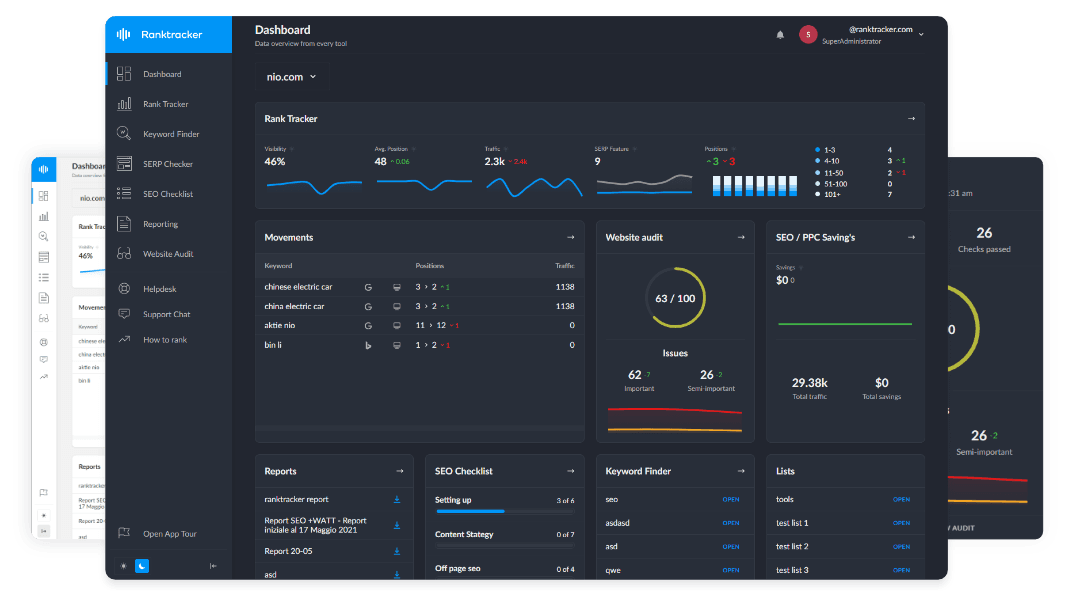Intro
A semantic network is a structure that connects words, concepts, and entities based on their relationships. Search engines use semantic networks to interpret content meaning, categorize topics, and deliver accurate search results.
Why Semantic Networks Matter for SEO:
- Help search engines understand topic relationships and search intent.
- Improve content relevance and rankings through better entity connections.
- Strengthen topical authority by reinforcing related concepts.
How Search Engines Use Semantic Networks
1. Entity Recognition & Knowledge Graph Mapping
- Google maps topics and concepts within its Knowledge Graph.
- Example:
- "Apple" → Connected to "Apple Inc.", "Steve Jobs", "iPhone"
- "Tesla" → Linked to "Elon Musk", "EV Industry", "Tesla Model 3"
2. Synonym & Context-Based Query Interpretation
- Google understands synonyms and contextual variations.
- Example:
- "Best smartphones 2024" → Also ranks for "Top mobile phones 2024"
- "SEO software" → Includes "Keyword research tools" and "SERP analysis software"
3. Semantic Content Clustering
- Search engines group related content together for stronger ranking signals.
- Example:
- "Digital Marketing" clusters with "SEO", "PPC", "Content Marketing"
4. Latent Semantic Indexing (LSI) & Keyword Context
- Google analyzes semantically related words to determine topic relevance.
- Example:
- "AI in SEO" should mention "machine learning", "Google algorithms", "automated keyword analysis"
5. People Also Ask (PAA) & Related Search Features
- Google uses semantic networks to generate related questions and queries.
- Example:
- Query: "What is content marketing?"
- PAA: "How does content marketing help SEO?" → "What are the best content marketing strategies?"
- Query: "What is content marketing?"
How to Optimize Content for Semantic Networks in SEO
✅ 1. Use Entity-Based Keywords & Related Terms
- Expand content coverage with semantically connected topics.
- Example:
- "Google Ranking Factors" should include "Core Web Vitals", "E-E-A-T", "Backlink Quality"
✅ 2. Optimize for Search Intent & Query Variations
- Cover multiple intent-based queries in content.
- Example:
- "Best CRM tools" should include "What is CRM software?", "How to choose the right CRM?", "Free vs Paid CRM"
✅ 3. Implement Structured Data & Schema Markup
- Help search engines identify semantic relationships within content.
- Example:
- "SEO Tools Comparison" → Uses Product Schema for ratings, features, and reviews.
✅ 4. Strengthen Internal Linking for Content Connections
- Link related topics strategically to create strong content hubs.
- Example:
- "Technical SEO" should interlink with "Crawling & Indexing", "Site Speed Optimization", "Schema Markup Guide"
✅ 5. Monitor Semantic Trends & Query Evolution
- Track how Google refines search results based on semantic changes.
- Example:
- If "AI SEO" starts ranking for "Machine Learning in SEO", expand content to reflect this shift.
Tools to Optimize for Semantic Networks in SEO
- Google NLP API – Analyze semantic relationships and keyword entities.
- Ranktracker’s SERP Checker – Discover content gaps and related keyword opportunities.
- Ahrefs & SEMrush – Identify semantic keyword clusters and ranking patterns.
Conclusion: Leveraging Semantic Networks for SEO Success
Semantic networks are essential for ranking higher, improving search relevance, and optimizing content for AI-driven search engines. By aligning content with entity-based relationships, structured data, and semantic keyword strategies, websites can maximize SEO performance and user engagement.

